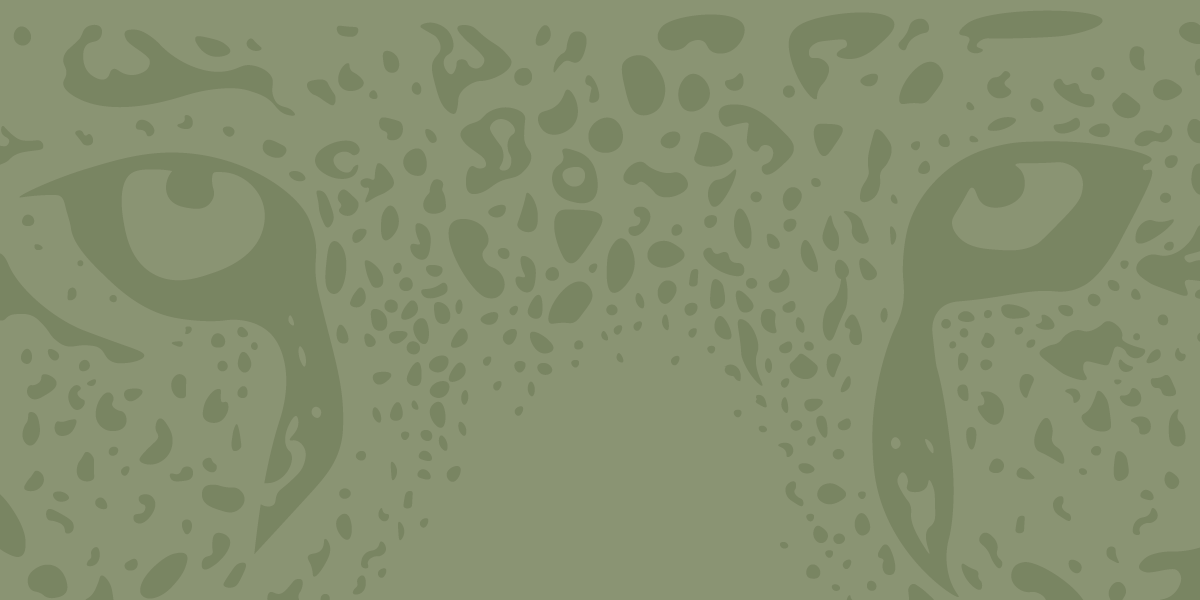Cytauxzoonosis is an acute and highly lethal tick-borne disease of wild and domestic cats, and is widely distributed in Africa, Asia, Europe, the USA and Brazil. So far, only two tick species present on the USA are experimentally confirmed in Cytauxzoon transmission however, in Brazil and other continents, the epidemiology of the disease remains unknown. Evidences points to Panthera onca as a possible reservoir, but there is no evi- dence to point the vector. Therefore, this study evaluates the presence of Cytauxzoon spp. in wild felids from areas with and without records of Amblyomma sculptum this ixodid for comparison. Overall, 53 blood samples of P. onca, Puma concolor, and Leopardus pardalis from the Midwest region (MR; region with A. sculptum) and 143 blood and/or spleen samples from Leopardus geoffroyi, Leopardus wiedii, Leopardus munoai, Leopardus guttulus, Herpailurus yagouaroundi, L. pardalis, and P. concolor from Rio Grande do Sul State (RS; without A. sculptum). Only one feline sample was negative for Cytauxzoon sp. from MR; no samples from RS were positive. In total, 507 ticks were identified from MR felids, with predominance of A. sculptum (69.23%). In RS, there were 93 ixodids, of which 90.32% were Amblyomma aureolatum. The difference in the tick fauna of the two regions studied (pres- ence/absence of A. sculptum) reflects the results found. This study highlighted A. sculptum as a possible vector since this hemoparasite was abundantly observed in areas where it occurs, also, there was no evidence of Cytauxzoon spp. where it was absent. Additionally, the study supported the suggestion that P. onca is the reservoir for the agent in MR.
Publicações




